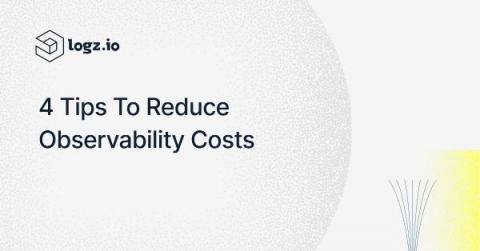Monitoring Microsoft SQL Server login audit events in Graylog
One of the most important events you should be monitoring on your network is failed and successful logon events. What comes to most people’s minds when they think of authentication auditing is OS level login events, but you should be logging all authentication events regardless of application or platform. Not only should we monitor these events across our network, but we should also normalize this data so that we can correlate events between these platforms.











